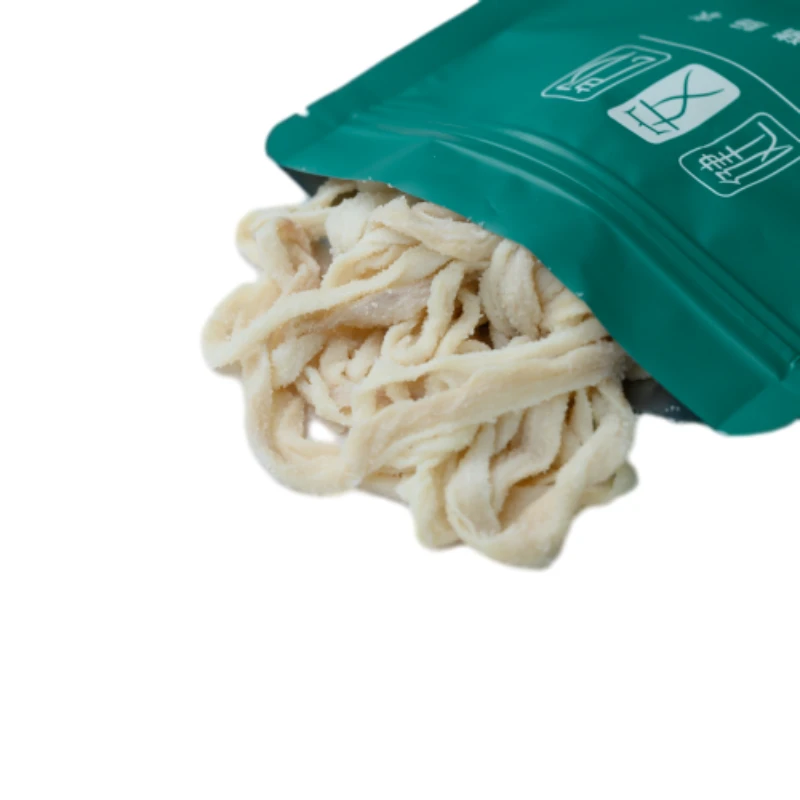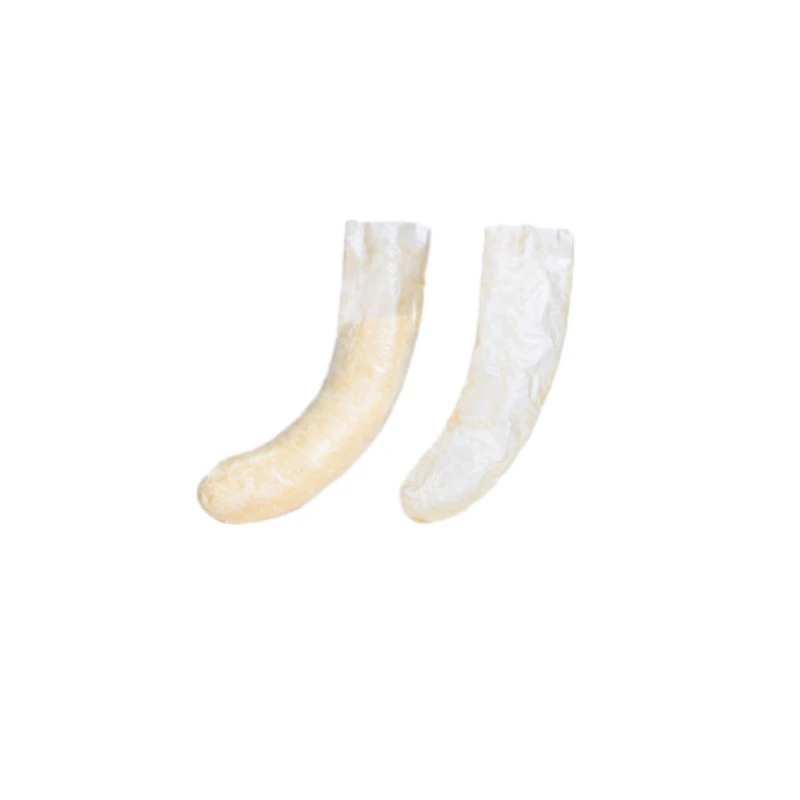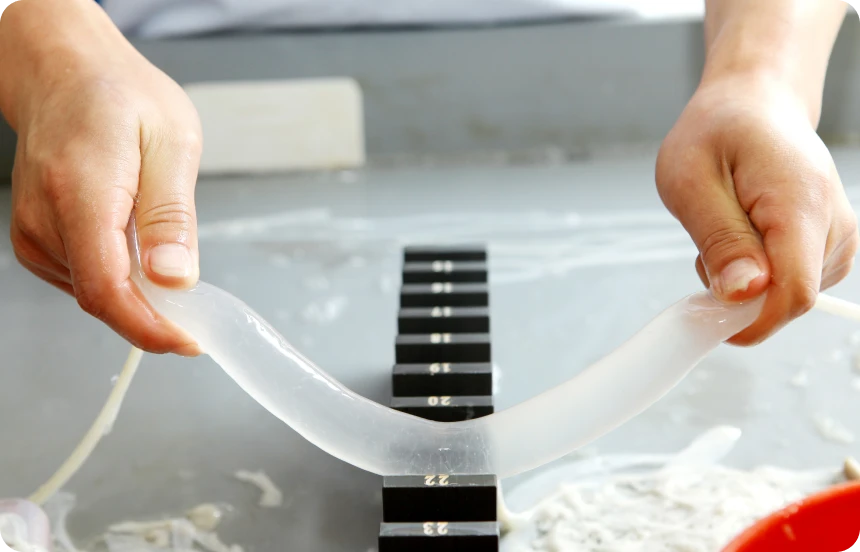The humble breakfast sausage owes much of its culinary appeal to an often-overlooked component—the casing. This thin, edible membrane plays a pivotal role in transforming seasoned ground meat into a breakfast staple with distinctive mouthfeel and cooking characteristics. Small breakfast sausage casings, particularly those crafted from natural materials, contribute significantly to the overall sensory experience, creating that perfect balance of snap, juiciness, and flavor release that defines an exceptional morning sausage.
Natural casing breakfast sausages begin their textural journey with the selection of premium casings, typically derived from carefully processed animal intestines. These biological membranes possess unique structural qualities that synthetic alternatives struggle to replicate. When properly prepared, natural casings exhibit an ideal combination of strength and permeability—strong enough to contain the sausage mixture during stuffing and cooking, yet porous enough to allow proper smoke penetration and moisture exchange. This delicate equilibrium results in sausages that develop a beautiful caramelized exterior while maintaining succulent interiors.
The first textural encounter occurs when teeth meet casing. High-quality small breakfast sausage casings provide that satisfying initial resistance—what butchers reverently call "the snap"—before yielding to reveal the seasoned filling within. This momentary tension creates a pleasing contrast with the tender meat inside, a sensory experience that plastic casings simply cannot duplicate. The snap factor varies subtly between different natural casings; sheep casings offer a delicate crispness ideal for delicate breakfast links, while slightly more robust hog casings provide a heartier bite suitable for country-style patties.
During cooking, natural casings perform a remarkable transformation. As heat penetrates, the collagen-rich casing gradually tightens around its contents, creating a natural basting effect that helps retain juices. This self-basting property explains why natural casing breakfast sausages often taste noticeably moister than their skinless counterparts. The casing's semi-permeable nature allows just enough fat to render through during cooking, creating those coveted crispy spots while preventing the sausage from drying out—a critical factor for breakfast applications where sausages often wait on warming trays.
Flavor development represents another area where natural small breakfast sausage casings excel. Unlike synthetic alternatives that can impart a slight plastic note, natural casings contribute their own subtle savory depth to the overall flavor profile. During cooking, the casing's proteins undergo Maillard reactions alongside the meat, developing complex roasted notes that enhance rather than compete with the seasoning blend. This flavor synergy becomes particularly apparent in smoked breakfast sausages, where the casing's permeability allows optimal smoke absorption while preventing excessive moisture loss.
The mouthfeel experience continues as chewing commences. Natural casings possess an almost imperceptible elasticity that allows them to break down gracefully during mastication, never becoming tough or rubbery like some artificial alternatives. This quality ensures the casing integrates seamlessly with the meat, never separating or creating unpleasant textural contrasts. The casing's thinness—often just fractions of a millimeter thick—means it never overwhelms the eating experience, instead serving as an almost invisible conductor that orchestrates the perfect bite.
Temperature plays a fascinating role in the casing's performance. When served hot, natural casings maintain their structural integrity, keeping the sausage cohesive on the fork while cutting cleanly with a knife. As the sausage cools, the casing undergoes subtle textural changes, becoming slightly more resilient—a quality that actually improves the eating experience by preventing the dreaded "mush factor" that plagues inferior sausages. This thermal stability makes natural casing breakfast sausages ideal for buffet service or family-style breakfasts where immediate consumption isn't guaranteed.
The auditory component of sausage enjoyment shouldn't be underestimated, and here too natural casings shine. That faint sizzle as teeth pierce the casing, followed by the gentle crunch of perfectly cooked exterior, creates a multisensory experience that begins before flavors even register. This acoustic feedback provides diners with immediate quality assessment—a crisp, clean sound signaling proper preparation, while dull tearing noises may indicate overcooking or inferior casings.
From a culinary perspective, natural small breakfast sausage casings offer chefs unparalleled versatility. Their neutral flavor profile adapts seamlessly to various regional breakfast traditions, from sage-forward New England links to spicy Southern varieties. The casing's cooking tolerance allows for multiple preparation methods—whether pan-fried to golden perfection, gently simmered in gravy, or grilled over open flames—with consistently excellent results. This adaptability explains why professional kitchens overwhelmingly prefer natural casings despite their higher cost and more demanding handling requirements.
Modern breakfast sausage enthusiasts increasingly recognize how natural casings contribute to artisanal quality. In an era of homogenized breakfast meats, the slight variations in diameter and texture that natural casings impart signal handcrafted attention to detail. These minor imperfections—far from being defects—actually enhance the eating experience by providing textural variety within a single serving. One link might offer an especially crisp section where the casing blistered against the griddle, while another presents a more subdued bite where steam softened the membrane—a delightful unpredictability that keeps the palate engaged.







